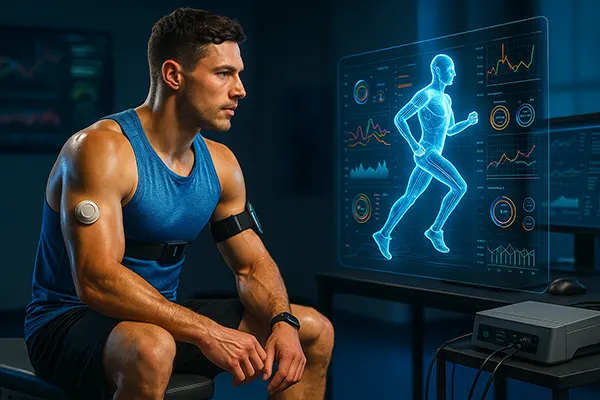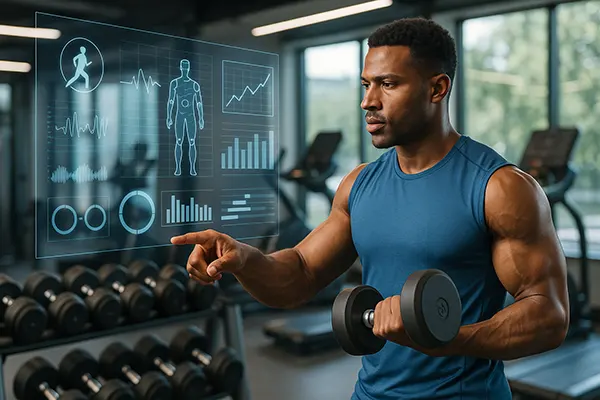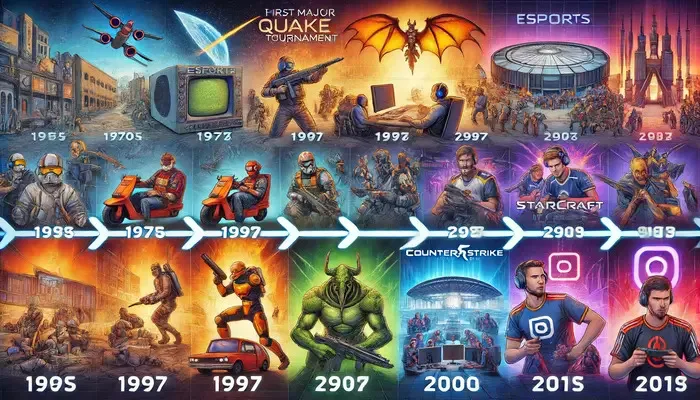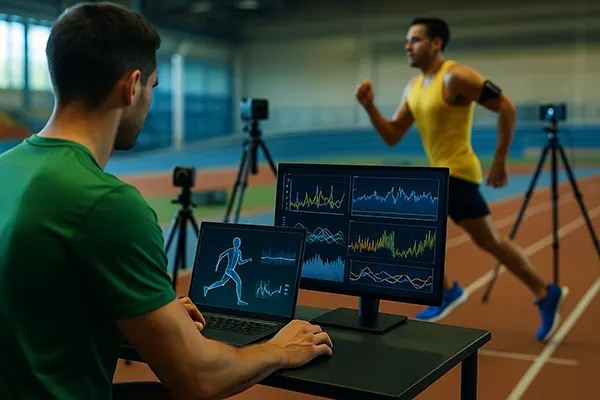
The Impact of Artificial Intelligence on Athlete Training in 2025
Artificial Intelligence (AI) is no longer a futuristic concept in sports — in 2025, it has become an essential component in the training of professional athletes across disciplines. From predictive analytics to personalisation and injury prevention, AI tools have revolutionised how teams and individuals prepare for competition. This article explores the real-world impact of AI on sports training and identifies specific advancements that have become standard practice today.
Data-Driven Personalisation in Training Routines
Modern athletes are no longer trained based on generic principles. In 2025, AI allows for detailed profiling of each athlete’s physiology, mental endurance, and skill execution under pressure. By analysing biometric and performance data collected via wearables, AI models create bespoke training plans tailored to individual strengths, weaknesses, and fatigue cycles.
For example, elite footballers use AI systems to track muscle oxygenation, hydration, and sleep efficiency. These metrics enable dynamic planning where the next day’s training load is adjusted in real-time. This personalisation ensures steady performance growth while reducing the risk of overtraining.
Additionally, video analytics powered by AI assess technique during practice sessions. Whether it’s sprint posture or tennis serve mechanics, AI-driven platforms help coaches provide feedback with pinpoint accuracy, reducing the need for human trial-and-error interventions.
Machine Learning in Skill Prediction and Optimisation
AI now predicts performance trends based on historical data. Machine learning models compare an athlete’s recent metrics with thousands of archived records to forecast form dips or injury likelihood. This is especially relevant in endurance sports such as cycling and triathlon, where small changes in form have significant cumulative impact.
These systems also recommend micro-adjustments to improve efficiency. A marathon runner might receive real-time alerts via smart insoles about foot strike angles, while a basketball player may learn to adjust their jump shot based on motion capture insights.
The accuracy of these predictions has transformed coaching strategies. Instead of reacting to visible declines, interventions are proactive, giving athletes a measurable edge in both training and competition.
Injury Prevention and Physical Recovery
Injury risk management is a priority for professional sports in 2025. AI helps medical and coaching teams understand early signals of stress, overuse, or imbalance. Integrated motion sensors and force plates now offer continuous feedback on joint angles and weight distribution during movement.
This technology allows staff to detect deviations from normal patterns before pain or strain occurs. For example, in professional rugby, AI detects subtle changes in knee alignment that precede ligament injuries. These signals trigger preventive treatment and temporary load adjustment.
Recovery is equally enhanced. AI-supported rehabilitation systems provide daily adjustment to routines based on the athlete’s neuromuscular response. Machine-led physiotherapy robots, guided by AI protocols, ensure precision and consistency that complements human care.
AI-Supported Mental Recovery and Readiness
Mental fatigue can be harder to detect than physical strain, yet it drastically affects performance. AI now analyses speech tone, cognitive reaction time, and heart rate variability to assess psychological readiness. Based on this, athletes receive tailored mindfulness or focus-enhancement exercises.
Sports psychologists rely on this data to schedule mental rest periods, integrate motivational triggers, or adapt tactical instructions. For example, AI may determine that a tennis player under stress responds better to visual strategies than verbal ones before a match.
This scientific approach to mental preparation supports long-term sustainability in high-pressure sporting environments and reduces burnout risk among elite performers.

AI and Tactical Planning in Competitive Environments
AI is deeply embedded in strategic preparation across team sports. In 2025, match analysis is no longer manual — AI reviews opponents’ tendencies, formation changes, and decision-making under various match conditions. Tactical AI tools now suggest counter-strategies specific to each team and scenario.
During live games, AI systems evaluate real-time data and suggest changes in formation or substitutions. These recommendations are based on opposition fatigue, space exploitation, and ball control trends. Coaches then validate or override suggestions via interface tablets.
Such systems are used in top leagues in football, handball, and basketball. Clubs now hire dedicated AI analysts, not just data scientists, to translate AI findings into tactical insights for coaching staff and players alike.
Ethics and AI Governance in Sports Training
With great potential comes the need for regulation. As of 2025, international sporting bodies have adopted ethical standards to oversee AI use in training. Issues of data privacy, informed consent, and algorithmic bias are under constant scrutiny.
Some federations now mandate transparency on how AI systems influence selection and load management decisions. For example, Olympic committees require athlete approval before integrating biometric AI tools in their training programmes.
This ensures that AI remains a supportive tool rather than a controlling force, keeping the human element at the core of athletic development while enhancing safety and fairness across the sporting landscape.
Popular articles
-
 The History and Development of Esport...
The History and Development of Esport...Today, esports continues to develop rapidly. The impact of virtual …
-
 Psychological and Technological Facto...
Psychological and Technological Facto...The landscape of contemporary sport has undergone profound transformation as …
-
 Strategies for Success: How Professio...
Strategies for Success: How Professio...The world of motorsports is a high-stakes arena where risk …
